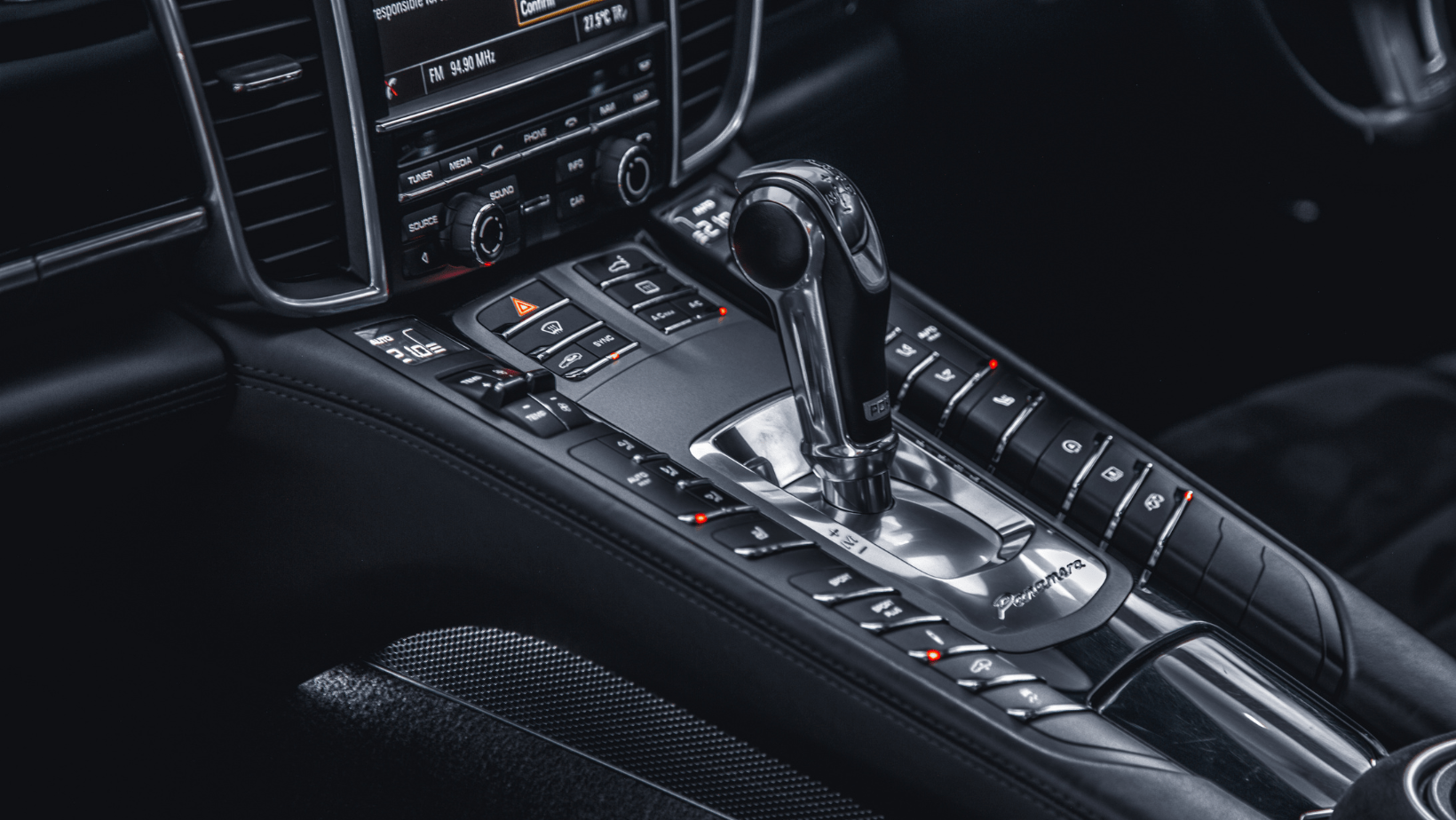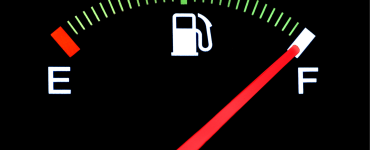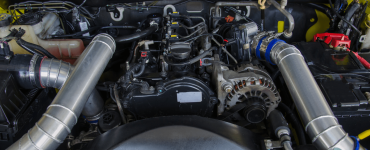Optimal Gear Shifting for Fuel Saving
Optimal gear shifting is not just about smooth driving – it’s a crucial factor in enhancing fuel efficiency. By mastering the art of shifting gears at the right time, drivers can significantly reduce fuel consumption, leading to both economic and environmental benefits. This article explores the nuances of optimal gear shifting, its impact on fuel saving, and practical tips to achieve it.
Optimal gear shifting is a key skill for drivers seeking to improve their vehicle’s fuel efficiency. This technique involves shifting gears in a way that maintains the engine’s efficiency, reducing unnecessary fuel consumption. Understanding and practicing optimal gear shifting can lead to substantial savings on fuel costs and contribute to a more eco-friendly driving experience.
Key Takeaways
- Optimal Gear Shifting: Mastering this can lead to significant fuel savings.
- Engine RPM: Knowing when to shift gears based on engine RPM is crucial.
- Vehicle Maintenance: Regular maintenance enhances gear shifting efficiency.
- Driver Awareness: Being mindful of driving conditions aids in better gear shifting.
Why Optimal Gear Shifting Matters

- Fuel Efficiency: Shifting gears at the right RPM keeps the engine running efficiently, reducing fuel consumption.
- Engine Health: Proper gear shifting reduces wear and tear on the engine, prolonging its lifespan.
- Emission Reduction: Efficient gear shifting leads to lower emissions, contributing to environmental protection.
Understanding the Importance of Engine RPM
The key to optimal gear shifting lies in understanding your vehicle’s RPM (Revolutions Per Minute). Shifting gears at the correct RPM range ensures that the engine works efficiently without overexerting, leading to better fuel economy.
Tips for Optimal Gear Shifting
- Monitor RPM: Keep an eye on the tachometer and shift up before the RPM gets too high.
- Smooth Transitions: Ensure smooth gear shifts to avoid engine strain.
- Anticipate Road Conditions: Plan gear shifts according to upcoming road conditions for smoother driving.
The Role of Vehicle Maintenance
Regular vehicle maintenance plays a significant role in ensuring optimal gear shifting. A well-maintained vehicle, with a clean fuel filter, efficient fuel injectors, and proper tire pressure, can significantly improve gear shifting efficiency and fuel economy.
Real-Life Example
Consider a driver commuting daily in a city. By practicing optimal gear shifting, they can reduce their fuel consumption by up to 15%, leading to noticeable savings over time. This not only benefits their wallet but also contributes to reducing urban air pollution.
Types of Gear Shifting and Their Impact on Fuel Efficiency
| Gear Shifting Type | Description | Impact on Fuel Efficiency | Relevant Maintenance Tips |
|---|---|---|---|
| Regular Shifting | Standard method based on engine sound and RPM. | Good for balanced fuel efficiency. | Keep up with regular maintenance for consistent performance. |
| Early Upshifting | Shifting to a higher gear before reaching high RPM. | Reduces engine load, saving more fuel. | Ensure fuel injectors are clean for optimal performance. |
| Short Shifting | Shifting up at lower RPMs than usual. | Prevents engine from working too hard, conserves fuel. | Regular tire pressure checks for better traction and efficiency. |
| Rev Matching | Matching engine RPM with the gear while downshifting. | Reduces wear on the transmission, indirectly aiding fuel efficiency. | Regularly check and replace fuel filter for smooth engine operation. |
Conclusion
Optimal gear shifting is an effective and practical way to enhance fuel efficiency. By understanding and applying the principles of proper gear shifting, drivers can enjoy a smoother driving experience, lower fuel costs, and contribute to environmental conservation.




